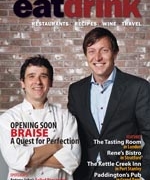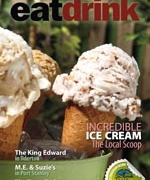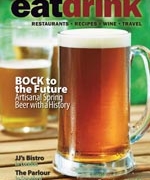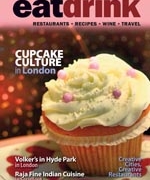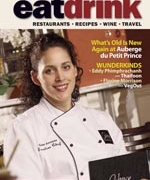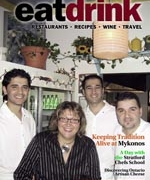Becoming a locavore (someone committed to eating only local food) takes a dedication to the natural food chain and requires certain sacrifices, such as never eating bananas, unless you live in a tropical country. Or sometimes it entails relocating to areas with more agricultural variety. That is what novelist, Barbara Kingsolver, did by moving her family from Arizonan desert to Appalachian farmland for a more rural lifestyle, where the family had a better chance of reacquainting itself with the knowledge of “what animals and vegetables thrive in one’s immediate region and how to live well on these.” As a mother, Kingsolver instils these family values the same way grammar and algebra are taught in school.
Animal, Vegetable, Miracle is the resulting book in this shift in eating philosophy, and the book itself becomes a family affair. Being the matriarch author, Kingsolver writes the majority of the text, but her husband, Steven Hopp, adds several environmental segments, and their oldest daughter, Camille, contributes the perspective of a college student. Another daughter, Lily, is only in second grade and does not contribute any writing, but she is the family’s biggest entrepreneur by tending the chickens in the egg-selling business.
Not only does their local experiment keep grocery money in the neighbourhood, but it allows the family to celebrate the freshness and flavour of food as the seasons govern their daily menus. As a mother, she wants more than “a cartoon character with spinach-driven strength” to inspire children to eat greens, and she believes palatability will save the day; “even Popeye only gets miserably soppy-looking stuff out of a can” she writes. It is the flavour of local produce that hasn’t been tampered with by genetic modification that Kingsolver knows will make families and children relish vegetables.
The subtitle of the book is “A Year in Food Life” and these twelve months capture a lifetime of food education, including a cornucopia of topics such as canning tomatoes for the winter months, finding heirloom vegetables from nearby markets, nutritional recipes, environmental sustainability, nourishing seeds into a garden of their own, making cheese from scratch, and living among animals that are not pets.
The mission of “eating home-cooked meals from whole, in-season ingredients obtained from the most local sources available” is better for their health, their finances, and the environment. It is no small task to give up convenient food to feed a family, but Kingsolver sees it as a small gesture given the scope of global problems. There are so many lessons that bloom from this book it is impossible to encapsulate them all, but Kingsolver shows us that her efforts make a difference by writing: “Small, stepwise changes in personal habits aren’t trivial. Ultimately they will, or won’t, add up to having been the thing that mattered.” This year of eating deliberately documented in Animal, Vegetable, Miracle is just the beginning for this family, their neighbourhood, and, if enough people follow their example, the world at large.


